Dole Pineapple Plantation, Haleiwa Historical Town and Honolulu City Tour
» Hawaii » Hawaii » Hawaii
From $229.99
13 reviews (4.15)
Price varies by group size
Lowest Price GuaranteePricing Info: Per Person
Departs: Hawaii, Hawaii
Ticket Type: Mobile or paper ticket accepted
Free cancellation
Overview
Learn the history of Hawaii and the pineapples, history of the Haleiwa, and the Polynesian Culture while enjoying the beautiful scenery of Northshore Oahu. Require 4 guests to operate. We will be cancelling the tour if there is only 2.
What's Included
5 to 6 hour tour of the Oahu island
Complimentary water is provided
What's Not Included
Gratuities are recommended
Traveler Information
- INFANT: Age: 0 - 4
- CHILD: Age: 5 - 11
- ADULT: Age: 12 - 64
- SENIOR: Age: 65 - 99
Additional Info
- Face masks required for guides in public areas
- Gear/equipment sanitised between use
- Hand sanitiser available to travellers and staff
- Infants are required to sit on an adult’s lap
- Social distancing enforced throughout experience
- Temperature checks for travellers upon arrival
- Face masks required for guides in public areas
- Gear/equipment sanitised between use
- Hand sanitiser available to travellers and staff
- Infants are required to sit on an adult’s lap
- Social distancing enforced throughout experience
- Temperature checks for travellers upon arrival
Cancellation Policy
All sales are final. No refund is available for cancellations.
- Experience may be cancelled due to Insufficient travelers
What To Expect
Dole Plantation
30 minutes • Admission Ticket Free
Haleiwa Town Center
• Admission Ticket Free
Hawaii State Capitol
The two legislative chambers are cone-shaped, symbolizing volcanoes that formed the Hawaiian Islands.
The columns around the perimeter of the building have shapes resembling royal palm trees. There are eight columns in four rows at either side of the building, representing the eight main islands of Hawaii; sets of eight items appear in other places inside and along the outside of the building.
The Capitol is built with an open-air design, allowing sun, wind, and rain to enter; the central atrium opens to the sky and rainbows can sometimes be seen inside the building when it rains.
Four kukui nut trees (Hawaii's state tree) are a numerical reference to the four main counties in the State of Hawaii and the four major Hawaiian gods (Kukailimoku, Kane, Lono, and Kanaloa).[2] Sets of four items appear in many other places in the building.
When standing in the center of the structure, the chandeliers from both legislative chambers, which represent the sun and moon, can be seen through the glass walls, while the area that is normally reserved for a rotunda in most capitol buildings is left open to the sky. It is said that the sky is Hawaii's capitol dome.
German-American artist Otto Piene designed the chandeliers, which are kinetic sculptures made of small objects. The Sun chandelier in the House is made of dozens of gold-plated globes, and the Moon chandelier in the Senate is made of 620 white chambered nautilus shells. [2]
• Admission Ticket Free
Iolani Palace
• Admission Ticket Free
King Kamehameha Statue
A third replica was commissioned when Hawaii attained statehood and was unveiled in 1969. It stood in the United States Capitol alongside the Father Damien Statue and was the heaviest statue in Statuary Hall, weighing 15,000 pounds. In 2008, shortly after Hawaii-born Barack Obama was nominated as the Democratic Party’s candidate for the presidency, the statue was moved from a dark, back row of Statuary Hall to a prominent position in Emancipation Hall in the Capitol's new visitor center.
• Admission Ticket Free
« All Activities


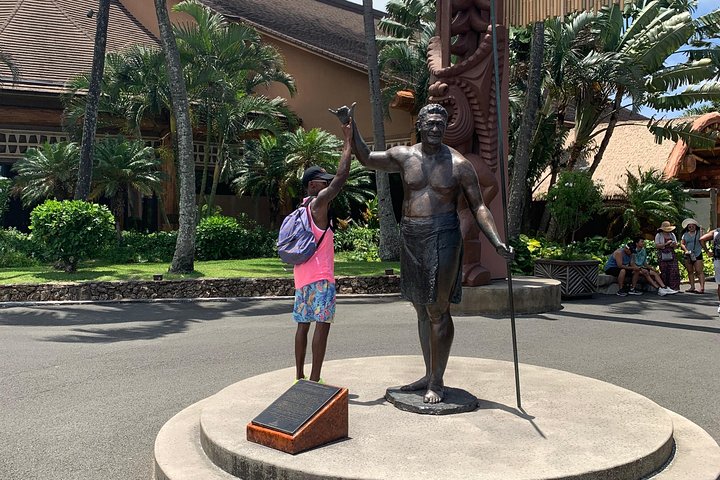


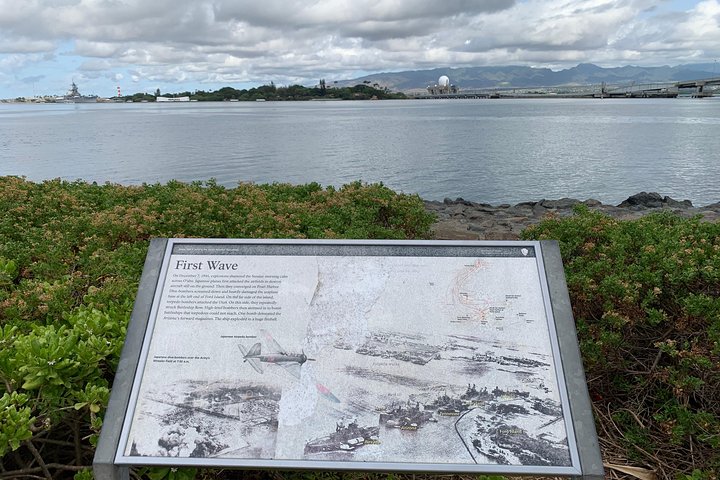



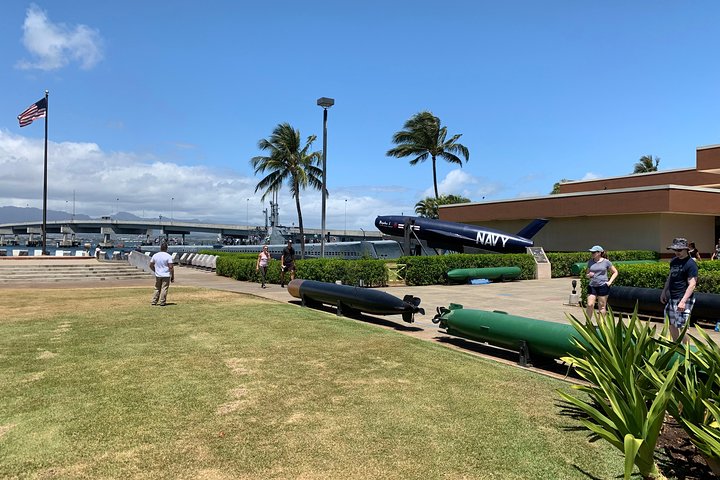
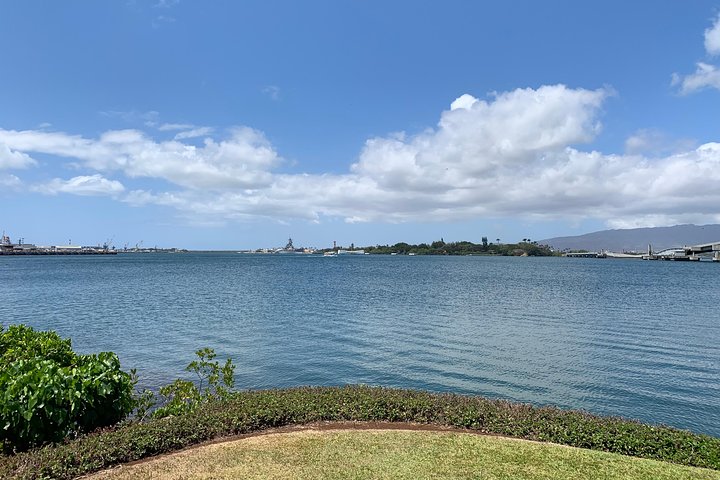





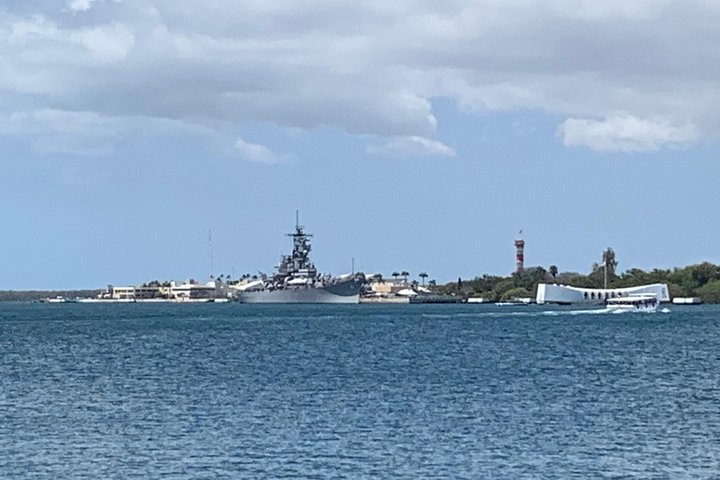
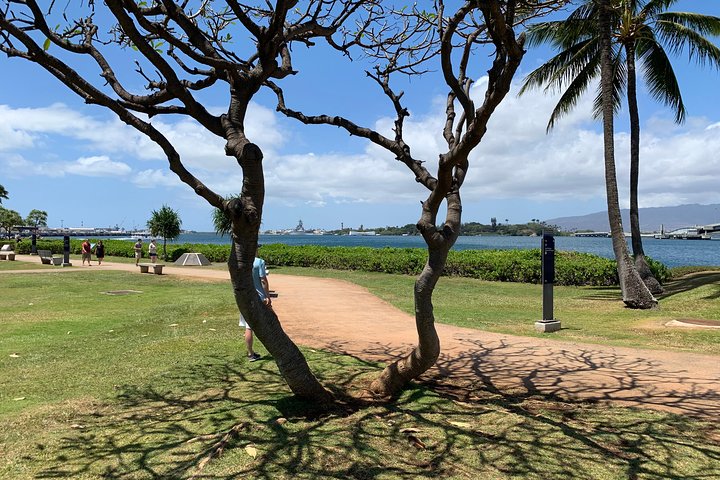
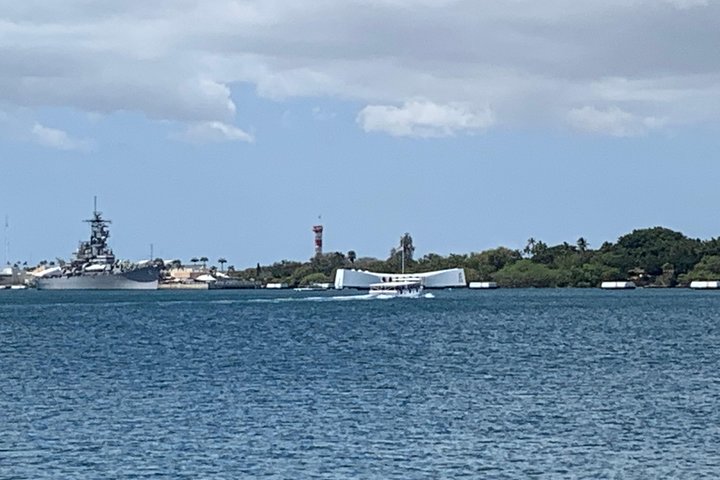








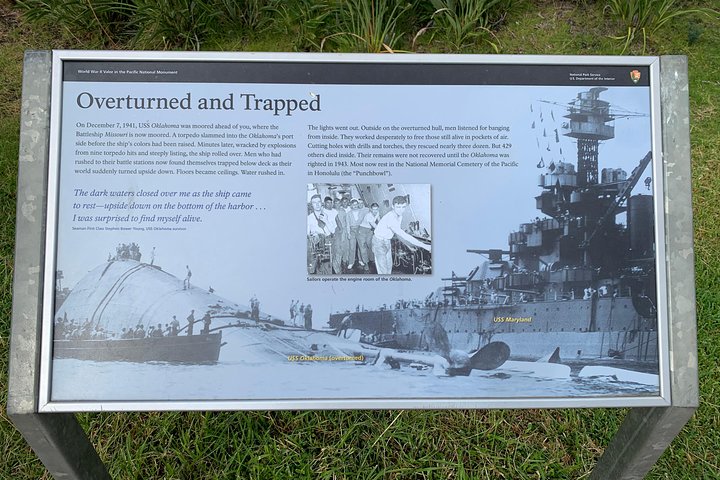



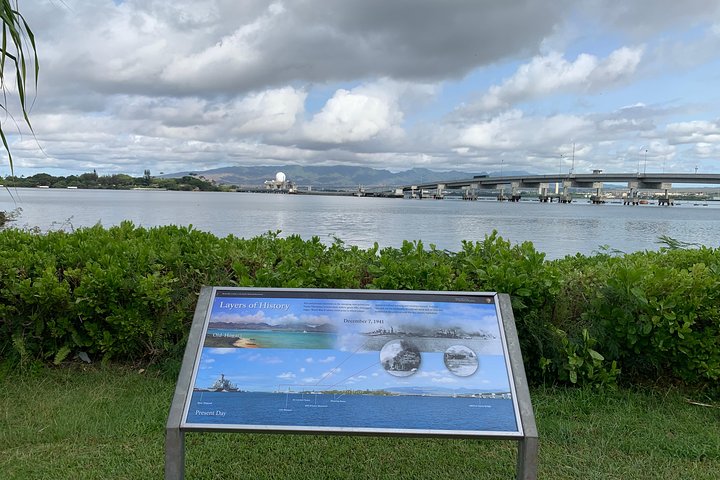








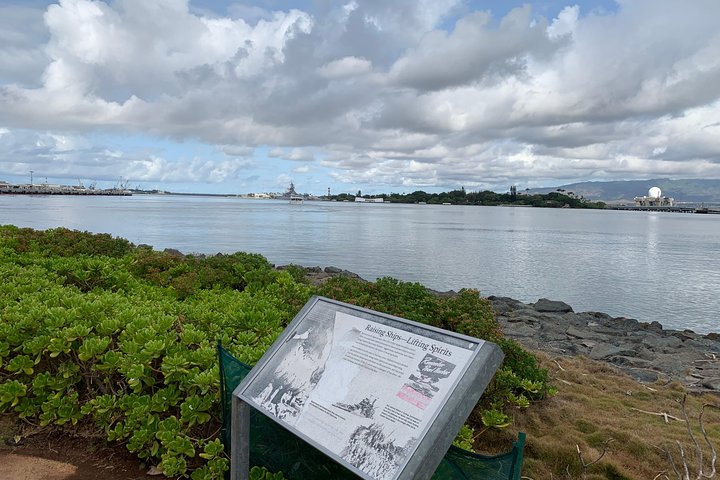

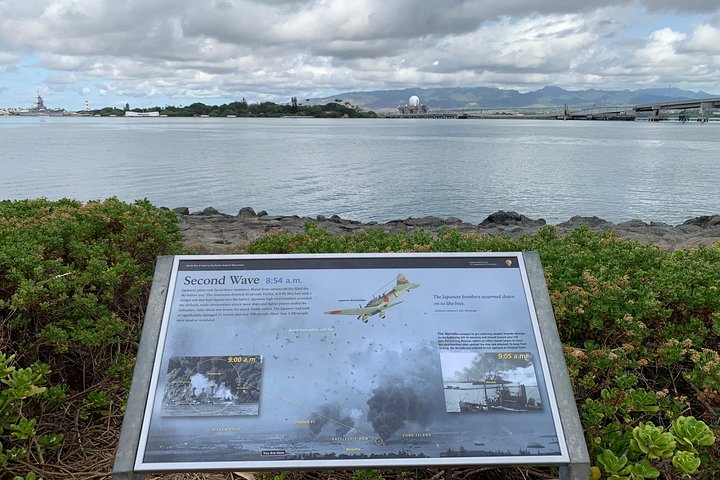
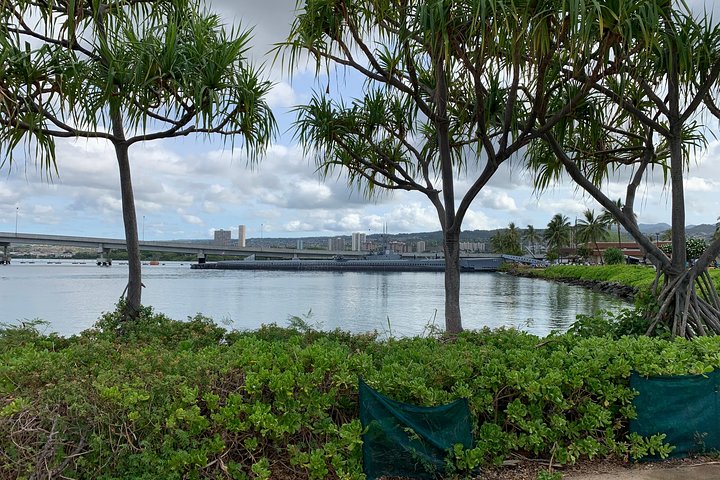

 English (Canada)
English (Canada) Español (Argentina)
Español (Argentina) Español (Chile)
Español (Chile) Español (Colombia)
Español (Colombia) Español (México)
Español (México) Español (Perú)
Español (Perú) Español (Venezuela)
Español (Venezuela) Français (Canada)
Français (Canada) Português (Brasil)
Português (Brasil) English
English Dansk
Dansk Deutsch (Österreich)
Deutsch (Österreich) Deutsch (Schweiz)
Deutsch (Schweiz) Deutsch
Deutsch English (UK)
English (UK) English (Ireland)
English (Ireland) Español
Español Français (Belgique)
Français (Belgique) Français (Suisse)
Français (Suisse) Français
Français Italiano (Svizzera)
Italiano (Svizzera) Italiano
Italiano Nederlands (België)
Nederlands (België) Nederlands
Nederlands Norsk
Norsk Português (Portugal)
Português (Portugal) Svenska
Svenska English (Australia)
English (Australia) English (Hong Kong)
English (Hong Kong) English (India)
English (India) English (Malaysia)
English (Malaysia) English (New Zealand)
English (New Zealand) English (Philippines)
English (Philippines) English (Singapore)
English (Singapore) 日本語
日本語 English (South Africa)
English (South Africa)